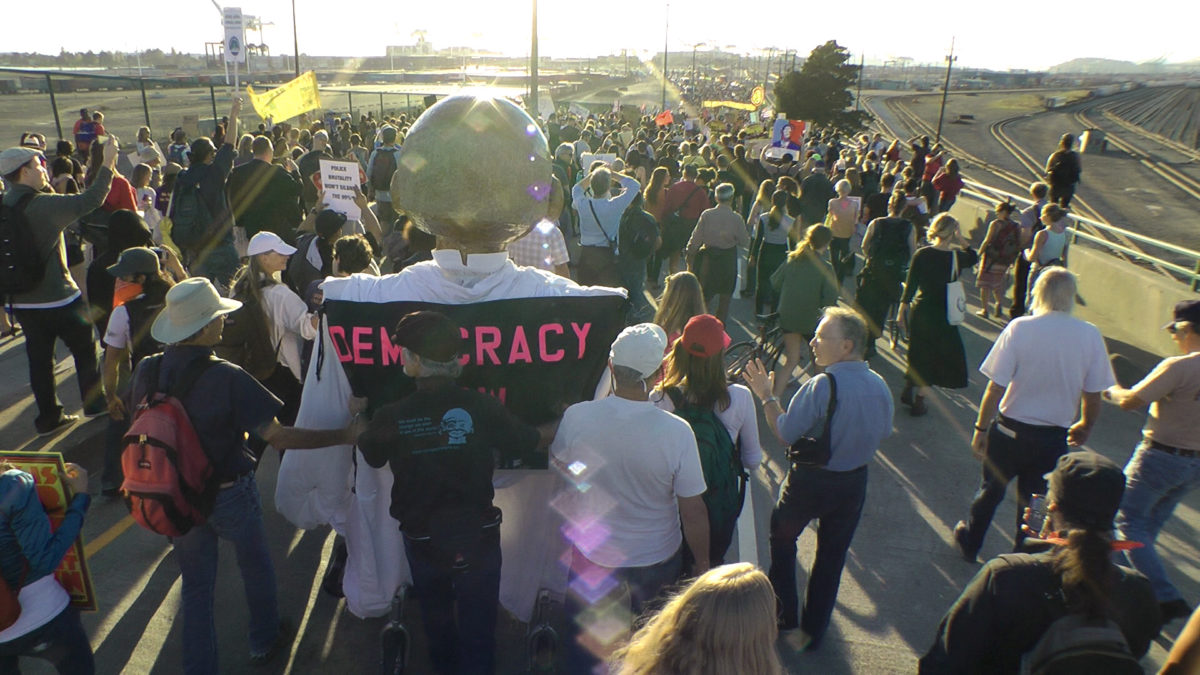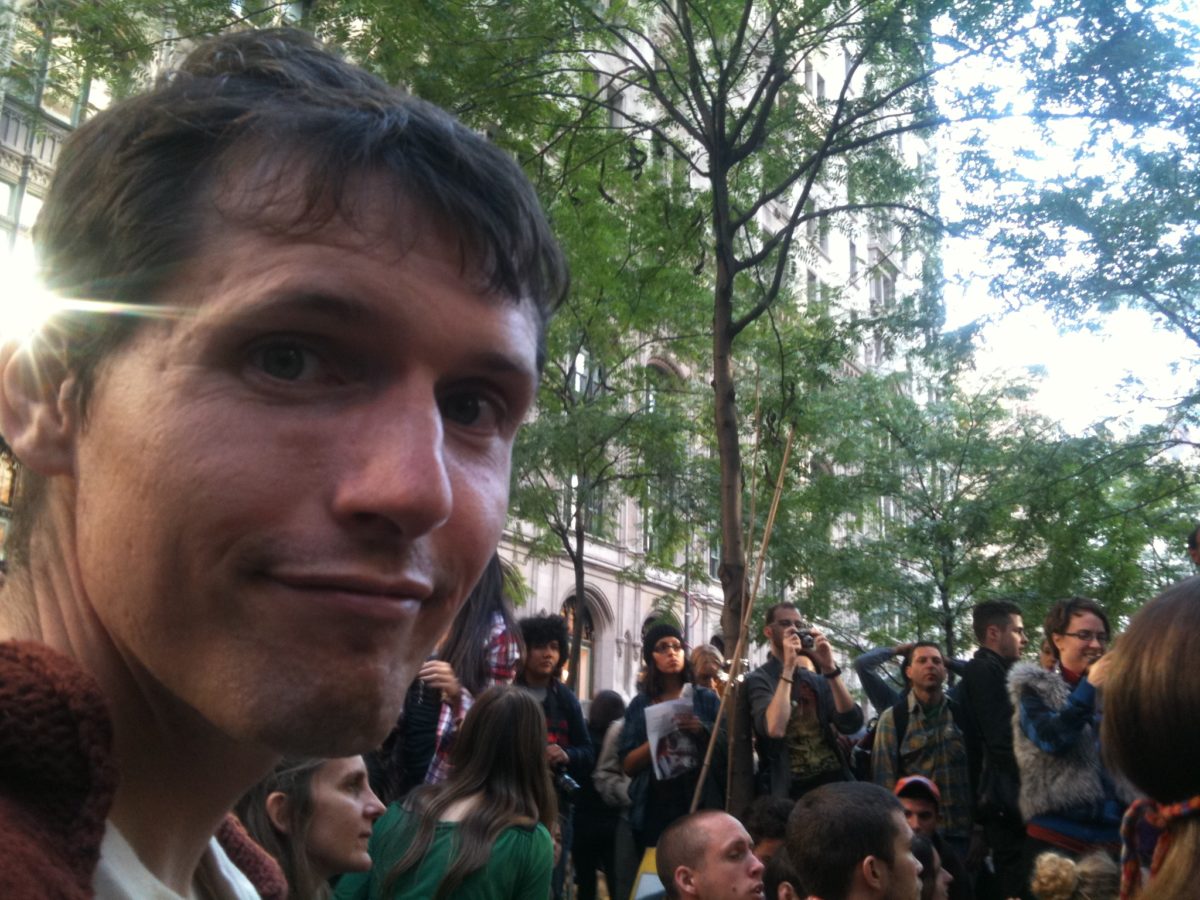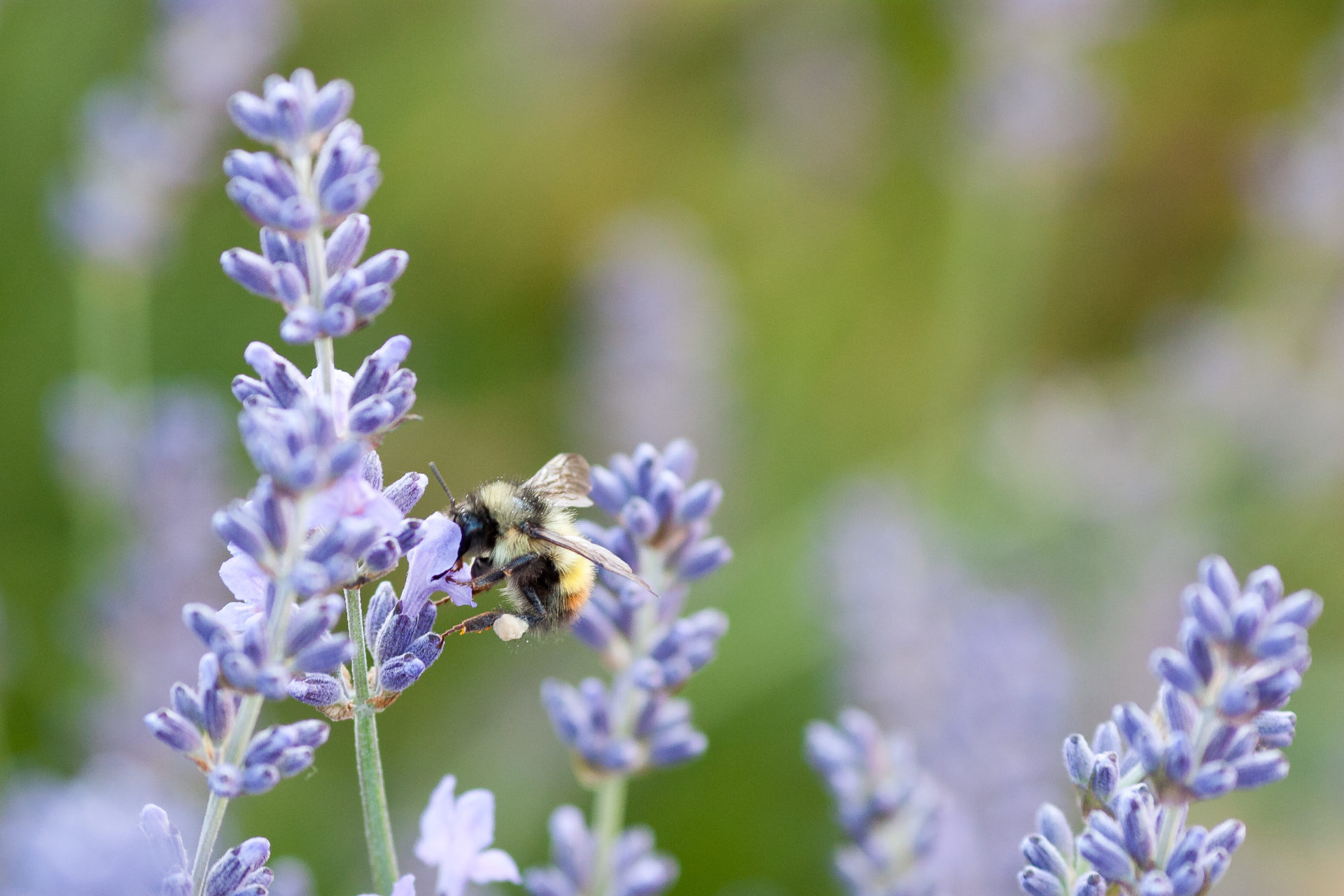By T. Ambrose Desmond

When my wife Annie and I first arrived at Occupy Wall Street in New York, I felt a powerful sense of arriving in the beautiful present moment. Surrounded by towering stone and glass buildings in which so much wealth is exchanged, Zuccotti Park was overflowing with a sense of hope. The park was crowded with people and signs,
By T. Ambrose Desmond

When my wife Annie and I first arrived at Occupy Wall Street in New York, I felt a powerful sense of arriving in the beautiful present moment. Surrounded by towering stone and glass buildings in which so much wealth is exchanged, Zuccotti Park was overflowing with a sense of hope. The park was crowded with people and signs, drums and brass bands, a medical station, information tables, and an outdoor kitchen that fed everyone. It was also swarming with television crews.
Annie and I walked mindfully to the southeast corner of the park, where about a hundred people were sitting down for a silent meditation. I sat with one hand on my heart and one hand touching the earth. As I breathed, I took the grounding energy of the earth into my heart and radiated it out to everyone in the park. After forty minutes, a woman took out a Native American drum and played a heartbeat while we chanted over and over, in English and then in Spanish: Because we love you so much. Porque te queremos tanto.
The heart of the Occupy movement is deep listening, despite how the media chooses to portray it. It’s about creating spaces where people who are concerned about “the suffering caused by exploitation, social injustice, stealing, and oppression”1 come together and dialogue about what to do. The movement offers no demands because demands would end the discussion. So many people in the world are concerned about the suffering caused by our economic and political system, but we may not agree about how to respond to this suffering. Before the Occupy movement, public political discourse was largely relegated to the media, which had created a situation of increasingly deepened division. The Occupy movement provides spaces for people with different views to meet in person and connect. Although many people who come to these spaces are not yet skilled in listening, there are many others who are trying to help us all “renounce fanaticism and narrowness through compassionate dialogue.”2
Room for Everyone
Most of my involvement with Occupy Wall Street has been in facilitating consensus meetings and mediating conflicts. One of the most difficult conflicts was about the nearly constant drum circle on the west side of the park. The neighbors had begun to complain about the drums, which often continued at high decibels into the night. Many of the working groups (which did all the organizing) were complaining too, because it had become nearly impossible to have a meeting anywhere in the park due to the noise. Complicating the situation, many of the drummers had been homeless for a long time before coming to the park, and many were mentally unstable.
We held a meeting with several drummers, a representative from the working groups, and a representative from the neighbors in a kosher cafe near the park. At one point, the local woman who represented the neighbors talked about how hard it was for her kids to do their homework while the drummers played. Jim, one of the drummers, started screaming at her. He told her she was “collateral damage” and was trying to oppress him, and that there was no place for her in the revolution. When the representative from the working groups said he wanted there to be a place for her and that she was part of the 99%, Jim shouted that he didn’t care about the 99% and was here for his own revolution.
The other customers in the cafe looked afraid and began leaving. The cafe manager also looked upset. I felt angry at Jim and wanted to make him stop yelling. Thanks to the practice, I have a strong habit of stopping and breathing when I feel anger. As I breathed, I heard a voice within me ask for love and support. I sent the energy of compassion to myself and my heart softened.
When I looked at Jim again, he no longer looked like a bully who needed to be stopped, but like a man in deep pain who wanted to be loved. I made eye contact with him and his face softened immediately. I said, “Jim, I’m so happy to see how deeply you care about changing the world for the better. I also know that it will be possible to do that in a way that makes room for everyone’s needs. Can we start focusing on figuring out how to work together?” Everyone nodded and looked anxiously at Jim. He smiled and his face resembled a scared child’s, but he nodded too. The tone of the meeting changed, and a week later we had an agreement that the drummers would play for two hours each day at the park and then march around the city for the rest of the day.
I feel so deeply fortunate for this practice that transforms not only my life, but also the world.
1 From the 13th of the 14 Mindfulness Trainings
2 From the 3rd of the 14 Mindfulness Trainings

T. Ambrose Desmond, True Mountain of Joy, lives part- time in New York, working as an organizer in the Occupy Wall Street movement, and part-time at MorningSun Mindfulness Center in New Hampshire. He also works as a psychotherapist.

